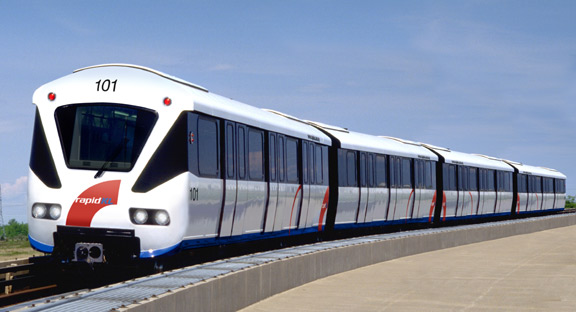UPDATE – 3rd Dec: We have obtained a copy of the RFEOI document and have reuploaded it here on our website. See updated link below.
UPDATE – 7th Oct: we have contacted TransLink regarding the RFEOI document source, which has been taken down and is currently unavailable on their website.

Among the important details in this RFEOI are the initial purposes stated in PART A:
2.2 – TransLink intends to procure up to an initial 28 Vehicles (actual number of Vehicles may be increased or
decreased at TransLink’s discretion), with potential options for up to an additional 28 Vehicles (actual
number of Vehicles may be increased or decreased at TransLink’s discretion). The anticipated service
dates for the initial Vehicles is approximately January 2016, and June 2017 for optional Vehicles.2.3 – Vehicles must be compatible with the existing SkyTrain infrastructure (guideways and stations), technology
(ALRT and Steerable Axle Trucks), propulsion power systems (Linear Induction Motors powered by 650
Volts DC), and SELTRAC automated train control system. Refer to the system overview provided in
Appendix 1 and Vehicle Dimensions listed in Appendix 2.
The deliveries of the initial 28 vehicle orders will coincide with the arrival of Evergreen Line SkyTrain service in 2016 and an additional 28 vehicles may enter service in 2017. It is conceivable that thew new vehicles will be using the newest Bombardier Innovia Metro 300 specification designed by Bombardier in 2010.
Among the interesting portions of the document and perhaps the most prominent is “APPENDIX 2”, which details the technical specifications that the new vehicles must meet.
This portion of the document reveals important details about the configuration of the new trains. It specifies that there is a “centre car” (a vehicle insertion between two end vehicles) as well as that the number of cars in a basic unit is to equal 4. This points to the fact that while the individual vehicles themselves will be of simlar length, the new vehicles will be arranged in a 4-car articulated configuration which will be connected and walkable from end-to-end. If they were just married pairs, as with the current ART 200 configs, there wouldn’t be any “centre cars” – they would all be “end cars”. With TransLink is attempting to maximize per-train capacity, ensuring that all ART 200 (Mark II) trains operate with a 4-car configuration (2x 2-car married pair), this specification does make sense. Up to 56 of these new cars may be in service by summer of 2017.
At present there are only two other Bombardier Innovia ART systems in the world using 4-car long vehicles, being the implementations to exist in Beijing, China and Kuala Lumpur, Malaysia.

It is highly likely that the new SkyTrain vehicles will be inserted into service on the busier Expo Line segments as opposed to the Evergreen Line, as it is planned that the Evergreen Line will begin service with 2-car configuration Mk II trains at 3 minute frequencies during the peak hours.
Curiously the vehicle dimension requirements outlined in the article have closer conformation to existing-generation ART 200 series SkyTrain cars. However, this should not forego the possibility of newest generation Bombardier Innovia Metro 300 cars being ordered (Innovia ART 300 spec sheet: see source 61). Metro 300 cars still confirm to these specs, but are also slightly shorter and lighter.
Under the Metro 300 specification, each car will carry 134 passengers with a 4 passengers/m2 passenger density or 185 passengers with a 6 passengers/m2 crush-load passenger density. Up to 740 (with a 6 passengers/m2 density) people can be carried per 4-car vehicle of this next generation of the SkyTrain fleet – and owing to the extra articulated sections between cars which can actually hold passengers themselves, this number may be higher so.
——————————————————————————
This choice will present some interesting opportunities for TransLink. The vehicles will be similar to the ART 200 configuration used on the newer generation SkyTrain cars of today, which are almost always used in a 4-car vehicle configuration. TransLink has an opportunity to add a 5th centre car to expand the new trains to a 5-car config.
A SkyTrain segment that can be expected to feature a headway of 75 seconds (the theoretical maximum possible headway) with exclusive use of 5-car variant ART 300 trains (i.e. the segment between Columbia and Waterfront Stations) has a massive theoretical carrying capacity of 44,800 people per hour per direction (pphpd) with a 925 passenger carrying capacity of each train [61] at a 6 passengers/m2 crush-load density.
44,800 pphpd is a capacity that competes with capacities of higher capacity “metro” rapid transit systems around the world, including the Toronto subway – which, despite the upcoming inclusion of new, larger-size “Rocket” trains and improved frequency through the use of partial line automation, will fall short of being able to provide the level of service that the SkyTrain of system could provide – which would effectively make the Vancouver SkyTrain the highest-capacity rapid transit system in Canada in addition to already being the fastest (as observed with an average speed measurement of nearly 45km/h), assuming no such higher-capacity installations are made in Toronto on new subway lines, Montreal or other Canadian cities.

——————————————————————————
There is another attached appendix (Appendix 1) to the document which is a readable outline of several key characteristics of the past, present and future SkyTrain system. It may interest some people that there is a map on this appendix document labelled “2021 Proposed Network” which highlights a proposed 2021 rapid transit network. Interestingly enough, under this plan Surrey would have no rail transit by 2021, with a mere busway linking Guildford, Surrey Central and Newton. We would like to point out that this map is likely very outdated and inaccurate. We list these several reasons:
- The wrong colour on the Canada Line alignment,
- The incorrect assumption that the Evergreen Line will terminate at Lougheed Station, instead of taking over the Millennium Line segment to VCC-Clark station, as has been confirmed in the Evergreen Line request-for-proposals
- Changes in rapid transit planning in the more recent years (new studies may influence and change the outcomes for both Surrey and the Broadway corridor).
